Abell 426, The Perseus Galaxy Cluster
Click image for full size version
February 19, 2015
The Perseus Galaxy Cluster is, not surprisingly, located in Perseus. This image captures hundreds of the cluster’s members, including Perseus A, which is the right-most of the large pair in the centre. Perseus A, also known as NGC1275, lies near the centre of the galaxy cluster, and is 237 million light years away. It is a radio galaxy, emitting strongly in the radio frequency. The centre of the galaxy may contain a supermassive black hole with a mass more than 340 million times the mass of the Sun. That is BIG.
Tekkies:
SBIG STL-11000M camera, Baader LRGB filters, 10″ f/3.6 ASA astrograph, MI-250 mount. Guided with STL-11000’s external guider and a 500mm f.l. Lumicon guide scope. Acquistion and guiding using Maxim-DL. Focused with FocusMax. Shot from my SkyShed in Guelph, Ontario. No moon, above average transparency and seeing.
12x10m R, 11x10m G and 11x10m B (total of 5hr40m).
RGB:
R, G and B masters were cropped and the colour channels wer combined to make an RGB image which was processed with DBE and ColourCalibration. HistogramTransformation was applied using automatic ScreenTransferFunction settings.
Synthetic Luminance:
The R, G and B masters were combined to make a SynthL channel using ImageIntegration with default settings. DBE was applied to neutralize the background. HistogramTramsformation was applied using automatic ScreenTransferFunction settings.
Combining L with RGB:
The luminance channel of the RGB was extracted, processed and then added back into the RGB image as follows:
1. Extract luminance from the RGB image.
2. Apply LinearFit using the Luminance as reference.
3. Use ChannelCombination in the Lab mode to replace the luminance of the RGB with the fitted luminance from step 2.
4. LRGBCombine was then used to make a LRGB image.
Final Processing
TGVDenoise was applied to the L only, followed by CurvesTransformation to darken the background. A copy of the image was made and LinearMultiscaleTransform was applied to extract the first 4 wavelet layers (no residual). This image was used as a mask to protect the background while ColourSaturation was applied to the star cores. ACDNR was applied at a scale of 2 pixels in L and 3 pixels in colour using the built in mask of ACDNR with default settings. A curve was applied to increase contrast. Colour saturation of the background was reduced using the ColourSaturation tool with a copy of the image used as a mask to protect stars and galaxies.
Image scale is about 2 arcsec per pixel for this camera / telescope combination.

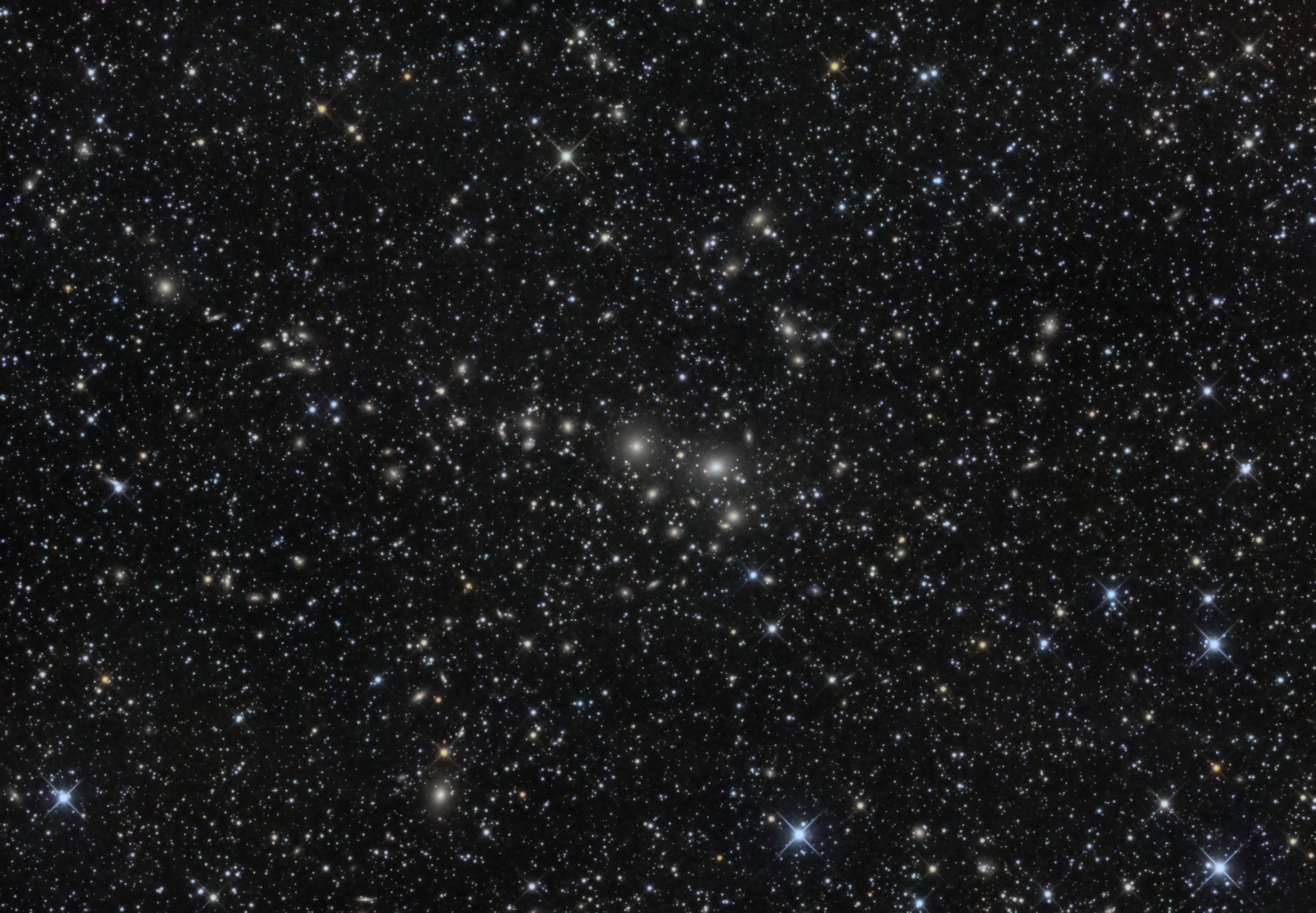

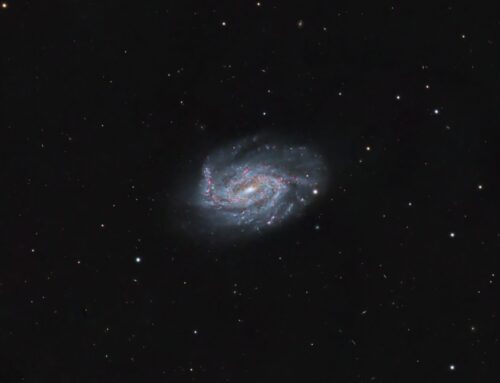
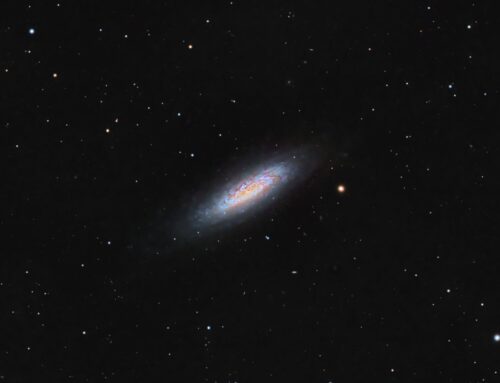
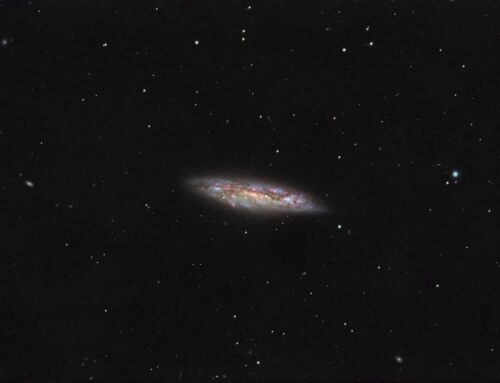
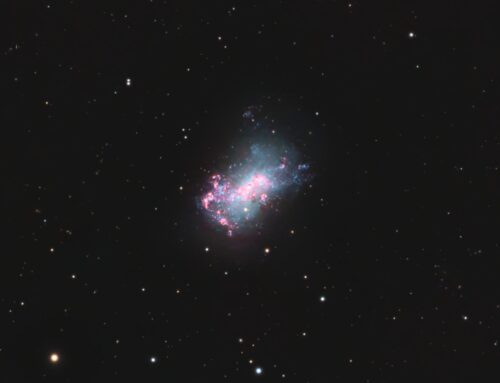
Do you have a longer focal length scope for galaxy clusters, I think 900mm is to short. I have a AT8RC at 1600mm
and my galaxies are fairly small even for M-51,81, and NGC4565. I have a 11″ Celestron at 2800mm, but have not got my CGEPro to polar align yet due to my mistakes choosing drift alignment stars. John
I disagree that a larger scope is required. This is a huge cluster, and requires a large field. My telescope operates at either 900mm or 1700 mm. It has given me fine images of M51, 81/982 and 4565, all of which you will find on this website. I’ve had both of the scopes you mention. I never got on well with the AT8, but really enjoyed the 11″ SCT for visual. I did not find it fast enough for astrophotography. Even f/6.8 is on the slow side.
Thank you for your feedback!
Clear skies,
Ron
large beautiful photo, congratulations